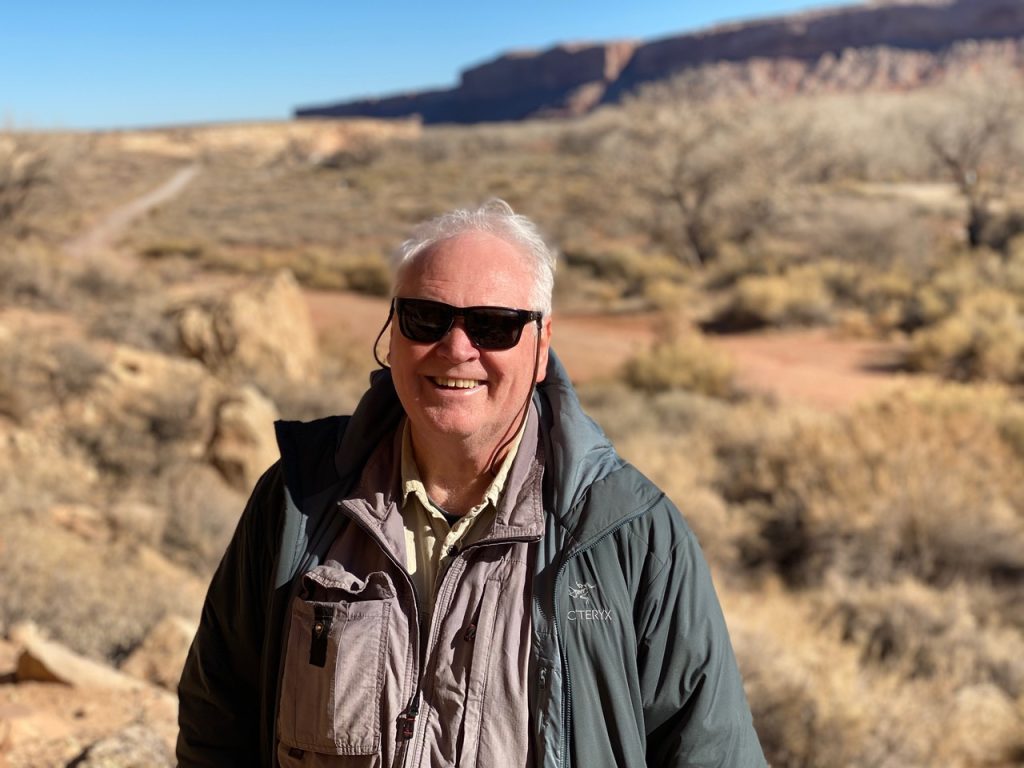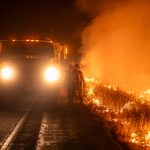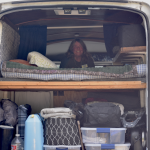Get Wild: Care and feeding for your personal locator beacon
Get Wild

Summit County Rescue Group/Courtesy photo
A personal locator beacon is a 406 MHz beacon that can be used anywhere in the world, including the most remote locations like on oceans, mountains and in deep wilderness. The satellite system can locate a beacon’s distress signals and within minutes, the appropriate rescue coordination center can notify authorities of the activation for initiation of search and rescue.
These beacons are part of the internationally operated COSPAS-SARSAT satellite system that supports search and rescue operations around the world. When someone in the U.S. activates a 406 MHz beacon, the distress signal is detected by satellites and relayed first to the Air Force Rescue Coordination Center in Florida, and then to authorities having jurisdiction, dramatically improving the chances of survival in critical situations for hikers. For personal locator beacons triggered in the state of Colorado, the Air Force Rescue Coordination Center will contact the Colorado Search and Rescue Association, and our state coordinators will determine which county the distress signal is coming from and contact that authorities having jurisdiction. The authorities having jurisdiction then determines what resources need to be deployed.
To better assist rescuers, your personal locator beacon must be registered before use. You should visit the National Oceanic and Atmospheric Administration website before taking it into the backcountry and ensure it is registered and you have provided your personal information as well as emergency contact information. The registration website is BeaconRegistration.NOAA.gov/RGDB/index. Beacon registration must be updated every two years with National Oceanic and Atmospheric Administration, or upon the personal locator beacon’s sale or destruction.
Each year, Colorado Search and Rescue Association receives many calls regarding personal locator beacon activations in Colorado. Most are false. When the call comes in, however, we don’t know that it’s false, and must treat the activation as if it is a real emergency. This takes time and may involve deploying backcountry search and rescue teams or aviation assets. In 2024, Colorado Search and Rescue Association received notice of 23 activations and of those, only five were determined to be “actionable,” meaning assets were deployed. Of the five, only three involved real incidents requiring backcountry search and rescue assistance. Of the 18 false activations, the vast majority were:
- A lost personal locator beacon that was never reported missing.
- A personal locator beacon thrown in the trash and later disturbed by some kind of movement, e.g. it was in a garbage truck headed for the landfill.
As of mid-July 2025, Colorado Search and Rescue Association has received notice of 20 personal locator beacon activations, and 18 of those have been false. In one case, there were seven personal locator beacons in a landfill, and four of them activated at the same time.
Deactivation and disposal
How do you properly deactivate and dispose of a personal locator beacon?
First, use the same registration process at Beaconregistration.noaa.gov to notify the National Oceanic and Atmospheric Administration that the device is being deactivated and disposed of. You may also call the National Oceanic and Atmospheric Administration during business hours at 888-212-7283 or 301-817-4515.
Second, unscrew the small screws on the back of the device that secures the back cover and carefully remove the lithium battery pack — it will unplug easily.
Third, recycle the lithium batteries as usual — do not throw them in the trash — and contact your local recycler for instructions to recycle the remaining electronic components.
If you have a false activation, immediately turn the device off, then contact the Air Force Rescue Coordination Center at 1-800-851-3051. Advise them of your false activation and they will cancel the alert.
There could be substantial fines for failure to not register a personal locator beacon that is activated, or for intentionally sending a false activation. FCC fines can range up to $112,500 per incident.
If your personal locator beacon is lost or stolen, visit Sarsat.NOAA.gov
Bruce Beckmann is a former paramedic and EMT and a current member and director of preventative search and rescue with Alpine Rescue Team in Evergreen. He has served as a backcountry search and rescue volunteer since 1983 and also served with Seattle Mountain rescue in the 1990s. He is a volunteer state coordinator with the Colorado Search and Rescue Association and serves as deputy chief coordinator to the program.


Support Local Journalism

Support Local Journalism
As a Summit Daily News reader, you make our work possible.
Summit Daily is embarking on a multiyear project to digitize its archives going back to 1989 and make them available to the public in partnership with the Colorado Historic Newspapers Collection. The full project is expected to cost about $165,000. All donations made in 2023 will go directly toward this project.
Every contribution, no matter the size, will make a difference.









